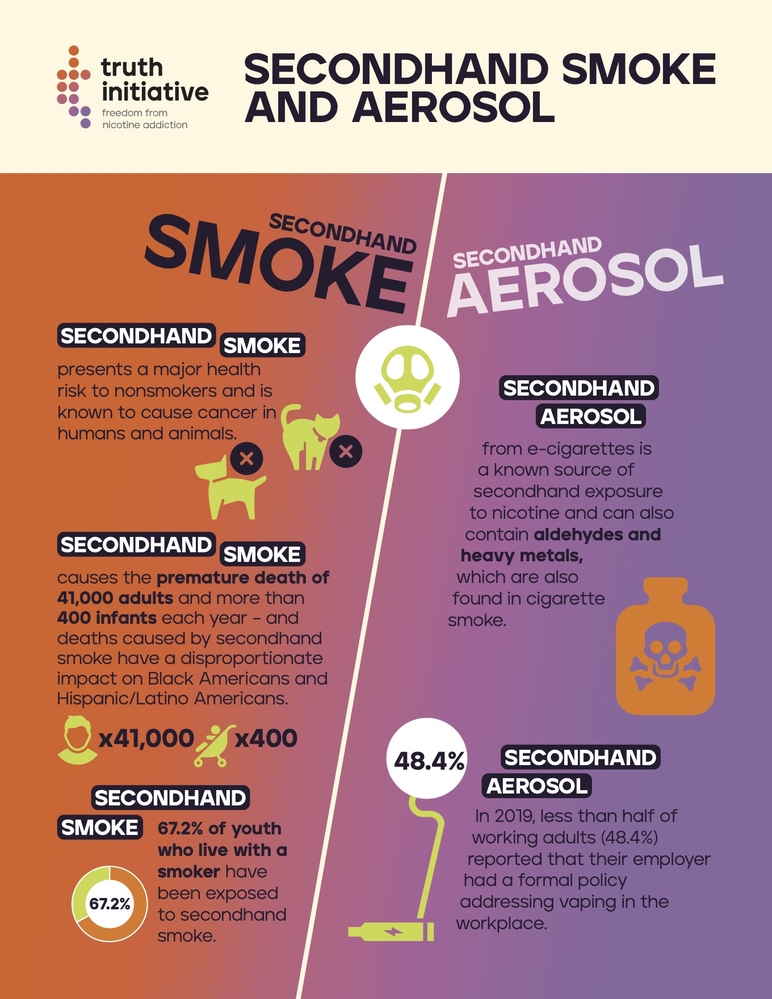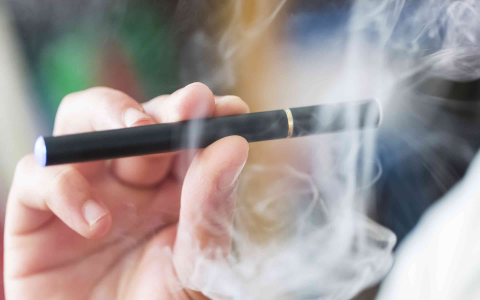Secondhand smoke from electronic cigarettes refers to the aerosol exhaled by users or emitted from the device into the surrounding air, which is then inhaled by non-users. Often called “secondhand vapor” or “passive vaping,” it is not merely water vapor.
Composition of Secondhand E-cigarette Aerosol
The aerosol typically contains:

- Nicotine: Addictive and can affect brain development. Readily absorbed by bystanders.
- Ultrafine Particles: Can penetrate deep into the lungs, potentially causing or worsening respiratory diseases like asthma and bronchitis.
- Volatile Organic Compounds (VOCs): Such as formaldehyde and acetaldehyde, which are carcinogens or respiratory irritants, especially at higher device power settings.
- Flavoring Chemicals: Many have unknown long-term inhalation effects; some (like diacetyl) are linked to serious lung damage.
- Heavy Metals: Trace amounts (e.g., lead, nickel) can be released from the heating coil into the aerosol.
How It Affects You (Health Risks)
- Respiratory Effects: Irritation of the eyes, nose, throat, and lungs. Can trigger asthma attacks, cause coughing, wheezing, and shortness of breath. Increased risk of respiratory infections.
- Cardiovascular Effects: Exposure to nicotine and ultrafine particles can increase heart rate and blood pressure and contribute to endothelial dysfunction and inflammation, potentially raising long-term heart disease risk.
- Impact on Children: Particularly vulnerable. Nicotine exposure harms developing brains, affecting learning, attention, and impulse control. Increased risk of sudden infant death syndrome (SIDS), asthma attacks, respiratory infections, and ear infections.
- Impact on Pregnant Women: Nicotine exposure can harm fetal development, leading to low birth weight, preterm birth, and impaired brain and lung development.
- Unknown Long-Term Risks: As e-cigarettes are relatively new, the full extent of health consequences from chronic secondhand exposure is still being studied, but evidence points to significant concerns.
Key Considerations
Indoor Air Quality: E-cigarette aerosol pollutes indoor air, depositing nicotine and other toxins on surfaces (thirdhand exposure).
Not Harmless: Research consistently shows secondhand e-cigarette aerosol is harmful to non-users, particularly vulnerable populations like children, pregnant women, and individuals with pre-existing health conditions.









